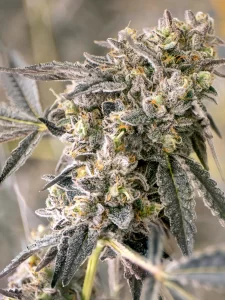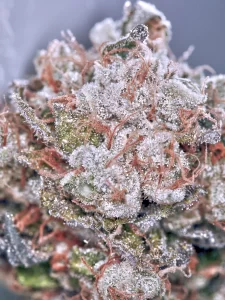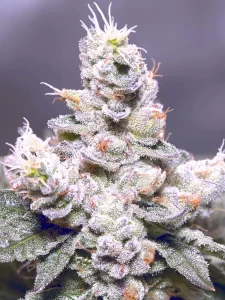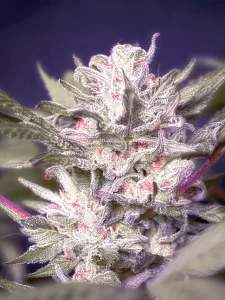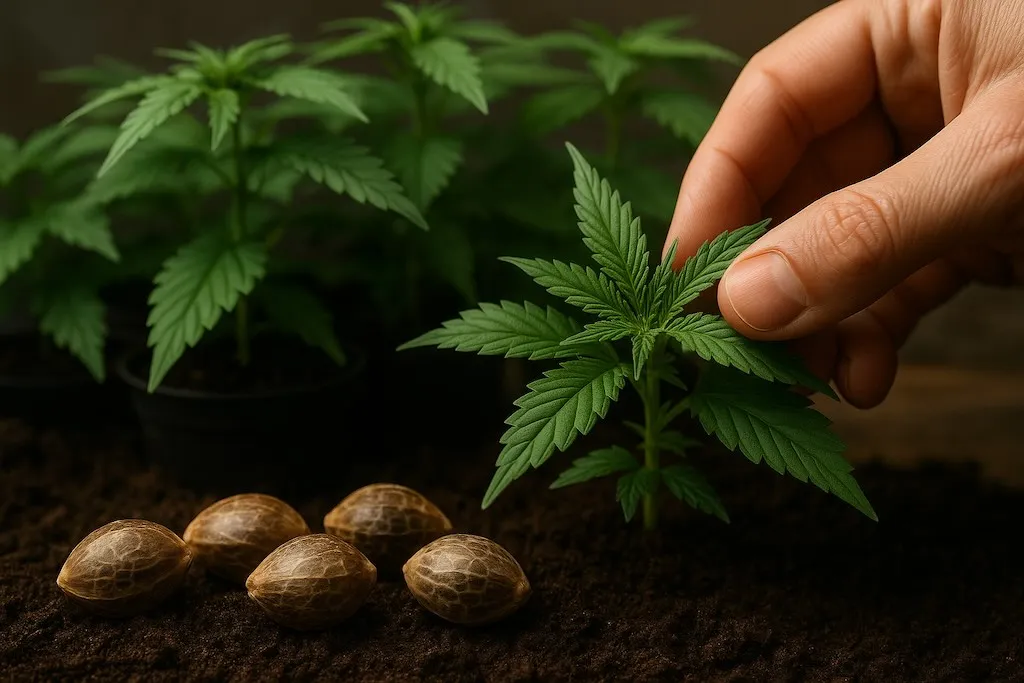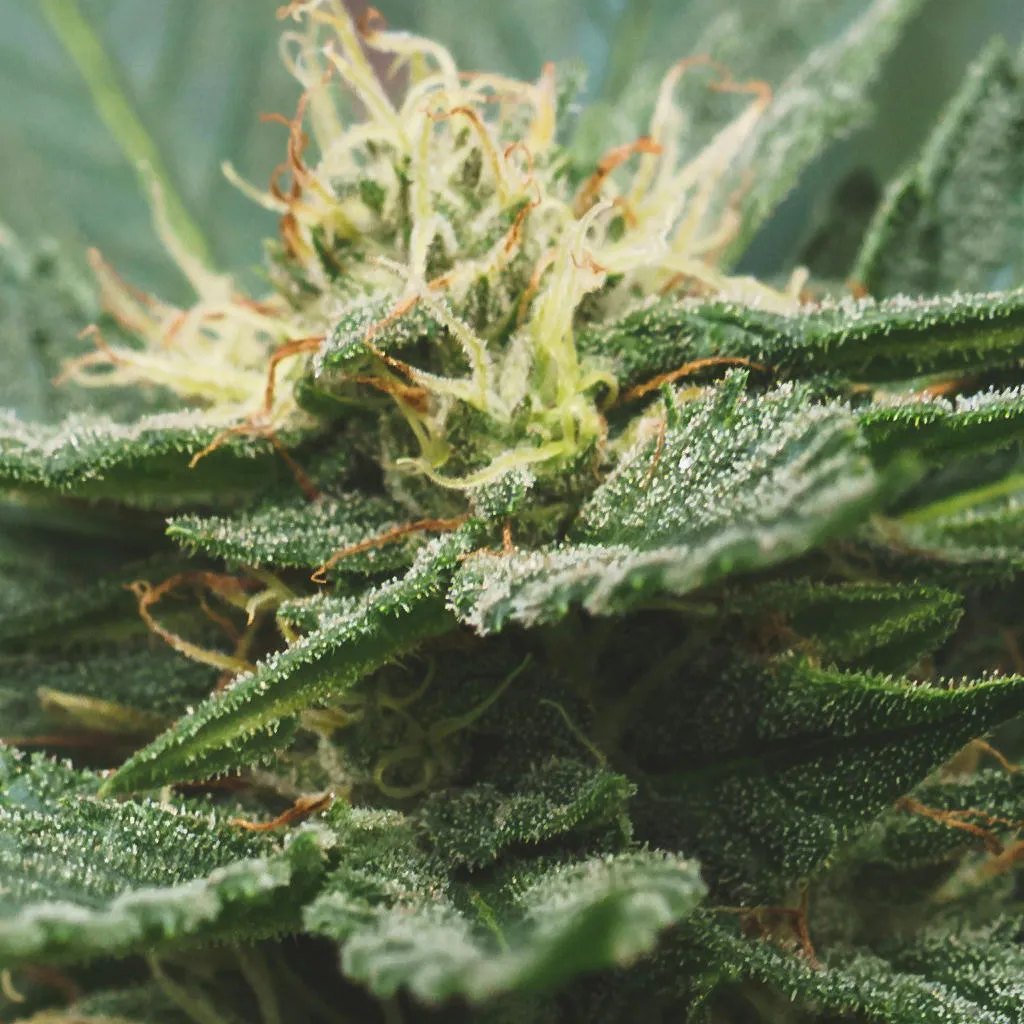The Science Behind Cannabis and Sleep: What Research Really Shows
Sleep disorders affect millions of people worldwide, with insomnia alone impacting up to 30% of adults. As traditional sleep medications often come with significant side effects and dependency risks, many are turning to cannabis as a natural alternative. But what does the science actually say about cannabis and sleep? Let’s dive deep into the research to separate fact from fiction.
Understanding Sleep: The Foundation
Before exploring cannabis’s role in sleep, it’s crucial to understand how sleep works. Sleep occurs in cycles, alternating between Rapid Eye Movement (REM) and Non-Rapid Eye Movement (NREM) stages. NREM sleep has three stages:
- Stage 1: Light sleep, the transition between wakefulness and sleep
- Stage 2: True sleep begins, with decreased heart rate and body temperature
- Stage 3: Deep sleep, crucial for physical restoration and memory consolidation
REM sleep, occurring primarily in the latter half of the night, is essential for emotional processing, memory formation, and brain development. A typical night includes 4-6 complete sleep cycles, each lasting 90-120 minutes.
The Endocannabinoid System and Sleep
The endocannabinoid system (ECS) plays a vital role in regulating sleep-wake cycles. This complex network includes:
CB1 and CB2 Receptors
CB1 receptors, primarily found in the brain and central nervous system, directly influence sleep patterns. Research published in the Journal of Clinical Medicine shows these receptors are particularly concentrated in areas controlling circadian rhythms, including the hypothalamus and brainstem.
CB2 receptors, located mainly in immune cells and peripheral tissues, may indirectly affect sleep through their role in inflammation reduction and pain management.
Endogenous Cannabinoids
Our bodies naturally produce cannabinoids like anandamide and 2-AG (2-arachidonoylglycerol). Studies indicate that anandamide levels fluctuate with circadian rhythms, peaking during sleep periods and contributing to sleep maintenance.
Cannabis Compounds and Their Sleep Effects
THC (Tetrahydrocannabinol)
THC is the primary psychoactive compound in cannabis, and research shows it has complex effects on sleep:
Sleep Onset: Multiple studies, including a 2021 systematic review in Sleep Medicine Reviews, demonstrate that THC can significantly reduce sleep latency (time to fall asleep). Users often report falling asleep 15-30 minutes faster than usual.
Deep Sleep Enhancement: THC appears to increase time spent in deep sleep (Stage 3 NREM), which is crucial for physical recovery and immune function. A study in Pharmacology, Biochemistry and Behavior found that THC increased slow-wave sleep in healthy subjects.
REM Sleep Suppression: However, THC consistently reduces REM sleep duration and intensity. While this might seem concerning, some researchers suggest this could benefit individuals with PTSD, as nightmares primarily occur during REM sleep.
Tolerance Development: Regular THC use can lead to tolerance, requiring higher doses for the same sleep benefits. More concerning, cessation after regular use often results in “REM rebound,” where REM sleep dramatically increases, potentially causing vivid dreams and sleep disruption.
CBD (Cannabidiol)
CBD, the non-psychoactive compound gaining significant attention, affects sleep differently:
Anxiety Reduction: A landmark 2019 study in The Permanente Journal found that 79.2% of patients experienced decreased anxiety scores within the first month of CBD treatment, indirectly improving sleep quality.
Dose-Dependent Effects: Research suggests CBD has biphasic effects on sleep. Lower doses (15-25mg) may increase alertness during the day, while higher doses (50-160mg) promote sleepiness. A 2020 study in Current Neuropharmacology confirmed these dose-dependent relationships.
REM Sleep Preservation: Unlike THC, CBD doesn’t suppress REM sleep and may actually improve REM sleep quality in some individuals.
Minor Cannabinoids
Emerging research explores other cannabis compounds:
CBN (Cannabinol): Often marketed as the “sleepy cannabinoid,” CBN forms when THC degrades. While anecdotal reports suggest sedating effects, controlled studies are limited. A 2021 study in Current Biology found that CBN combined with THC increased sleep duration more than THC alone.
CBG (Cannabigerol): Early research suggests CBG may have alerting properties during the day but could support overall sleep quality through its anti-inflammatory and pain-relieving effects.
Clinical Research Findings
Insomnia Studies
A comprehensive 2020 meta-analysis published in Clinical Psychology Review examined 31 studies on cannabis and sleep disorders. Key findings included:
- 71% of participants reported improved sleep quality with cannabis use
- Average sleep latency reduction of 20-25 minutes
- Significant improvements in sleep maintenance (staying asleep)
- Most benefits observed with THC-dominant strains
Pain-Related Sleep Disorders
Chronic pain is a leading cause of sleep disturbance. Multiple studies show cannabis can address both pain and sleep simultaneously:
A 2021 clinical trial in Pain Medicine involving 1,000 chronic pain patients found that cannabis use improved sleep quality scores by an average of 42% over six months. Participants using balanced THC:CBD ratios (1:1 to 2:1) showed the most consistent improvements.
PTSD and Sleep
Post-traumatic stress disorder often involves severe sleep disruption, particularly nightmares. Research in Journal of Clinical Psychopharmacology demonstrated that whole-plant cannabis reduced nightmare frequency by 75% in veterans with PTSD, though REM sleep suppression was noted.
Dosing and Delivery Methods
Optimal Dosing Guidelines
Research suggests the following evidence-based dosing strategies:
For Sleep Onset: 2.5-10mg THC taken 1-2 hours before bedtime
For Sleep Maintenance: 5-15mg combined THC/CBD in 1:1 to 2:1 ratios
CBD for Anxiety-Related Sleep Issues: 25-75mg CBD taken 1-2 hours before bed
Delivery Methods and Timing
Edibles: Provide longest-lasting effects (4-8 hours) but have delayed onset (30-120 minutes). Best for sleep maintenance issues.
Vaporizing: Rapid onset (2-15 minutes) with 2-4 hour duration. Ideal for sleep onset problems but may not last through the night.
Sublingual Tinctures: Moderate onset (15-45 minutes) with 4-6 hour duration. Offer good control over dosing and timing.
Topicals: Limited systemic absorption but may help with localized pain affecting sleep.
Potential Risks and Considerations
Short-Term Side Effects
- Morning grogginess (especially with higher THC doses)
- Dry mouth and eyes
- Increased appetite
- Potential anxiety in sensitive individuals (particularly with THC)
Long-Term Considerations
- Tolerance Development: Regular use may require increasing doses for same effects
- Dependency Potential: While lower than traditional sleep medications, psychological dependence can develop
- Withdrawal Effects: Cessation after regular use may temporarily worsen sleep (rebound insomnia)
- Cognitive Effects: Heavy, long-term use may affect memory and attention
Drug Interactions
Cannabis can interact with various medications:
- Sedatives and sleep medications (increased drowsiness)
- Blood thinners (potential increased bleeding risk)
- Seizure medications (altered metabolism)
Always consult healthcare providers before combining cannabis with other medications.
Comparing Cannabis to Traditional Sleep Aids
Prescription Sleep Medications
Traditional sleep aids like zolpidem (Ambien), eszopiclone (Lunesta), and benzodiazepines have well-documented risks:
- High Dependency Potential: Most carry significant addiction risk
- Tolerance: Often require dose escalation
- Withdrawal: Can cause severe rebound insomnia
- Next-Day Effects: Commonly cause morning grogginess and cognitive impairment
- Parasomnias: Risk of sleep-walking, sleep-eating, and sleep-driving
A 2021 comparative study in Journal of Psychoactive Drugs found that cannabis users reported fewer next-day side effects and better sleep quality satisfaction compared to prescription sleep aid users.
Over-the-Counter Options
Common OTC sleep aids (diphenhydramine, doxylamine) carry their own risks:
- Anticholinergic effects (confusion, memory problems)
- Next-day drowsiness
- Limited effectiveness over time
- Potential interactions with other medications
Cannabis often provides superior sleep benefits with fewer adverse effects for many individuals.
Personalization and Individual Factors
Genetic Considerations
Research reveals that genetic variations significantly impact cannabis effects on sleep:
CYP2C9 Variants: Affect THC metabolism, with some individuals metabolizing it much faster or slower
CB1 Receptor Polymorphisms: Influence sensitivity to cannabinoids
COMT Gene Variants: Affect how the brain processes dopamine, potentially influencing cannabis’s anxiolytic effects
Age and Sleep Changes
Aging naturally alters sleep architecture and endocannabinoid system function:
- Older adults often have reduced CB1 receptor density
- Natural cannabinoid production decreases with age
- Sleep becomes lighter and more fragmented
- Lower doses may be more effective in elderly populations
Gender Differences
Emerging research suggests gender influences cannabis sleep effects:
- Women may be more sensitive to THC’s sleep-inducing effects
- Hormonal fluctuations during menstrual cycles can affect cannabis tolerance
- Pregnant and breastfeeding women should avoid cannabis due to potential developmental risks
Future Research Directions
Ongoing Clinical Trials
Several major studies are currently investigating cannabis and sleep:
- NIH-funded study examining cannabis effects on sleep architecture using polysomnography
- Multi-center trial comparing cannabis to traditional sleep medications in chronic insomnia
- Longitudinal study tracking long-term cannabis users’ sleep patterns over five years
Emerging Technologies
New delivery methods and formulations are being developed:
- Controlled-release edibles providing sustained cannabinoid levels throughout the night
- Sublingual films offering precise dosing and predictable timing
- Targeted formulations combining cannabinoids with natural sleep aids like melatonin
Biomarker Research
Scientists are developing objective measures to optimize cannabis sleep therapy:
- Genetic testing to predict individual responses
- Sleep tracking technology integration
- Personalized dosing algorithms based on metabolism rates
Practical Implementation Guidelines
Starting Cannabis for Sleep
For those considering cannabis for sleep issues:
- Consult Healthcare Providers: Especially important for those with existing conditions or taking medications
- Start Low, Go Slow: Begin with minimal doses and increase gradually
- Track Results: Keep a sleep diary noting strain, dose, timing, and sleep quality
- Consider Tolerance: Plan for potential breaks to reset tolerance
- Legal Considerations: Ensure compliance with local laws and regulations
Optimizing Sleep Hygiene
Cannabis works best when combined with good sleep hygiene:
- Consistent sleep schedule
- Cool, dark, quiet bedroom environment
- Limited screen time before bed
- Regular exercise (but not close to bedtime)
- Stress management techniques
Conclusion
The scientific evidence suggests that cannabis, particularly THC-dominant strains, can effectively improve certain aspects of sleep, especially sleep onset and deep sleep duration. However, the relationship between cannabis and sleep is complex, with individual factors playing crucial roles in determining effectiveness and optimal dosing.
While cannabis appears to offer advantages over traditional sleep medications for many users—including reduced dependency risk and fewer next-day side effects—it’s not a universal solution. REM sleep suppression, tolerance development, and potential withdrawal effects require careful consideration.
As research continues to evolve, personalized approaches based on individual genetics, sleep disorders, and lifestyle factors will likely become the standard. For now, those considering cannabis for sleep should work with knowledgeable healthcare providers, start with conservative doses, and maintain realistic expectations about benefits and limitations.
The future of cannabis sleep medicine looks promising, with ongoing research likely to provide clearer guidelines for safe and effective use. As our understanding deepens, cannabis may become an increasingly valuable tool in addressing the global sleep crisis, offering a more natural alternative to synthetic sleep aids while respecting the complex nature of human sleep physiology.
This article is for educational purposes only and does not constitute medical advice. Always consult with healthcare professionals before starting any new treatment for sleep disorders.


